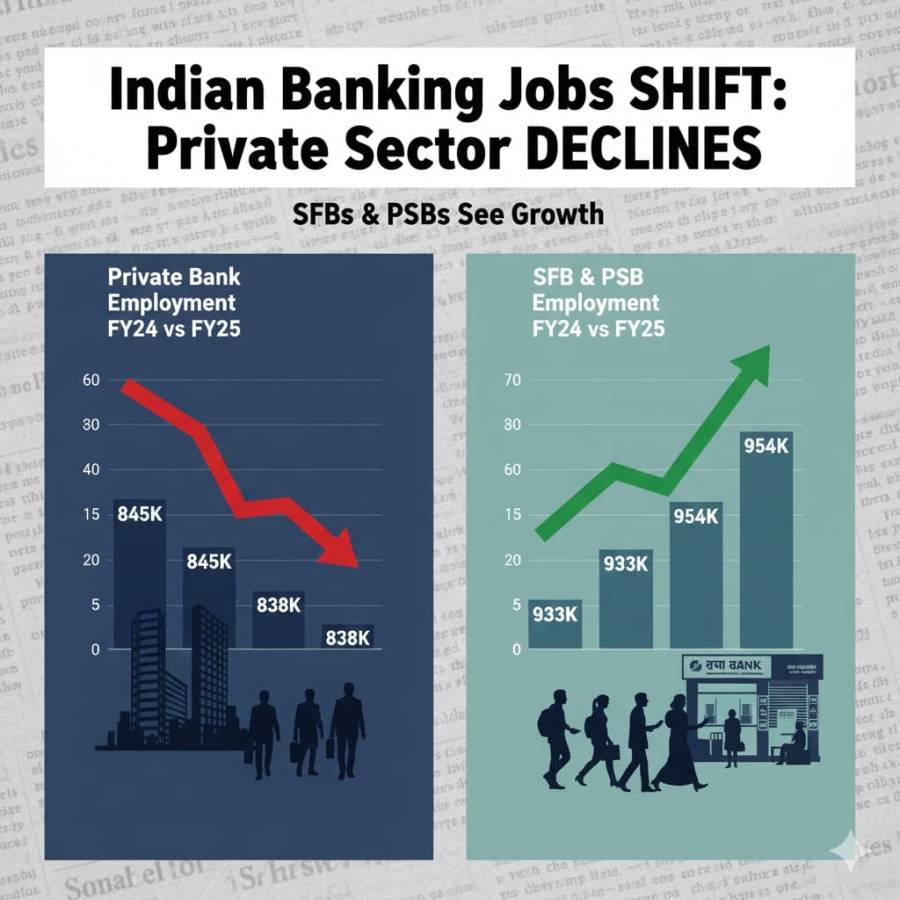
Bihar, once the cradle of India’s democratic conscience, has lived with a paradox for decades. The state that gave India the Champaran Satyagraha, the JP movement, and the defiance of the Mandal era now finds itself remembered less for leadership and more for migration, poverty, and missed opportunities. This long exile, marked by outmigration, fractured growth, and political churn, remains one of India’s most under-acknowledged stories.
At the heart of Bihar’s struggle lies migration, a saga that has shaped its identity and economy more than that of any other Indian state. Census data from 2011 revealed that over 8.3 million Biharis lived outside the state—a number that has only grown in the past decade. Roughly 10% of Bihar’s population works as migrant labour across India. From brick kilns in Punjab to construction sites in Delhi and Mumbai, and farmlands in Haryana and Maharashtra, Bihari hands have built India’s cities even as their own state continues to lag behind.
Migration from Bihar fractures into two narratives. One belongs to those who “made it”—families who left decades ago for Delhi, Mumbai, Bengaluru, or even Dubai and New Jersey. For them, migration meant reinvention. They built new lives, raised homes and futures, and sent their children to schools where Bhojpuri and Maithili lullabies faded into faint echoes. Yet Bihar endured as an emotional anchor, a homeland to which they returned during harvests and festivals.
The other narrative is harsher—the story of millions of farmhands and masons who migrate because hunger leaves no choice. They leave when paddy ripens, when Chhath calls, always tethered to the soil that cannot feed them. For this group, migration is not opportunity but compulsion—a cycle of departure and return that keeps families alive yet entrenches poverty back home.
This dependence on migration reflects the structural weakness of Bihar’s economy. Between 1993 and 2006, when India’s GDP grew at around 7% annually, Bihar barely managed 2%. Even in 2022–23, the state’s per capita GDP was just ₹54,000—about 36% of the national average. Bihar consistently records the highest poverty rate in India. The lack of industrialization, low private investment, and dependence on remittances have made development elusive.
Remittances from migrant workers remain Bihar’s silent lifeline. In 2020, Biharis working outside the state sent home nearly ₹60,000 crore annually, sustaining rural households. Yet this economic link exposes Bihar’s paradox: while the state supplies India with cheap and hardworking labour, it cannot create meaningful livelihoods within its own borders.
This stagnation is not for want of resources. Bihar is young, with 65% of its population under 35. It is fertile, with the Gangetic plains capable of sustaining a major agro-industrial revolution. Its alluvial soil supports crops like sugarcane, maize, and makhana that could become high-value exports. Its location—geographically central and digitally connected—gives it the potential to serve as a logistics hub, linking eastern India to trade routes. But the state’s political economy has historically been trapped in rhetoric—first of social justice, then of survival—while failing to translate its demographic strengths into prosperity.
The Mandal movement of the 1990s expanded democracy in Bihar by giving voice to the backward classes. It was a watershed that reshaped Indian politics. But unlike states such as Gujarat or Maharashtra, which coupled social change with economic growth, Bihar remained bound to redistribution without reimagining growth. While other states embraced liberalization, privatization, and industrialization, Bihar lagged behind.
The result is visible in everyday life. A young boy in Darbhanga grows up knowing that his father will spend most of the year in Surat, mixing cement at a construction site. A girl in Samastipur hears her brother talk about returning from Delhi’s garment factories with a few thousand rupees—enough to fund her education but never enough to transform the family’s prospects. This is Bihar’s story—of resilience and sacrifice, but also of isolation from India’s prosperity.
Yet, within this bleak tale lies a possibility. Bihar’s digitally connected youth, its geographic advantage, and its agricultural wealth can become the foundation for reinvention. IT-enabled services, food processing, logistics, and infrastructure could transform Bihar into a growth hub. The Ganga could serve as a logistics corridor, linking Bihar to India’s eastern trade routes. If political will converges with economic vision, the migration that has long defined Bihar could one day reverse, drawing its people back to a homeland of opportunity.
The story of Bihar in isolation is therefore not just one of neglect but of endurance. Its people have carried the burden of building India even while their own state faltered. Today, as India strides towards becoming a global power, Bihar’s forgotten struggle demands remembrance and, more importantly, renewal. The state that once gave India its moral compass must now find an economic compass to end its long exile.






















Asha Raman foundation
3 months ago🌾 Bihar’s Silent Exile 🌾 Once the land of wisdom, now a land of migration. Millions leave their homes each year in search of survival, while villages are left behind in silence. At Asha Raman Foundation, we are working to change this—through education, women empowerment, skill development & rural upliftment. ✨ Let’s rewrite Bihar’s story—from struggle to strength. 💪 ❤️ Be the change. Support at 👉 asharaman.com
Asha Raman foundation
3 months ago🌾 Bihar’s Silent Exile 🌾 Once the land of wisdom, now a land of migration. Millions leave their homes each year in search of survival, while villages are left behind in silence. At Asha Raman Foundation, we are working to change this—through education, women empowerment, skill development & rural upliftment. ✨ Let’s rewrite Bihar’s story—from struggle to strength. 💪 ❤️ Be the change. Support at 👉 asharaman.com